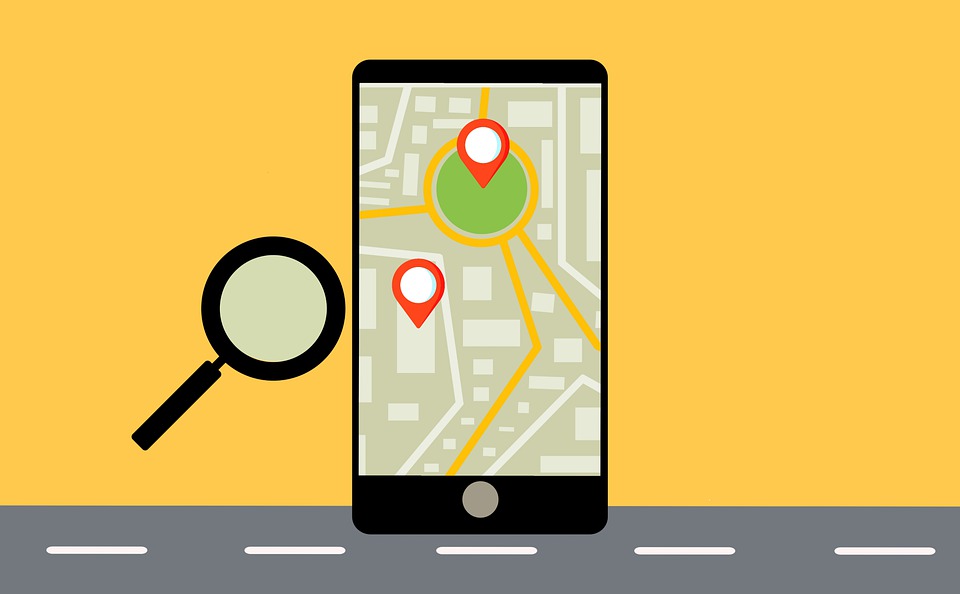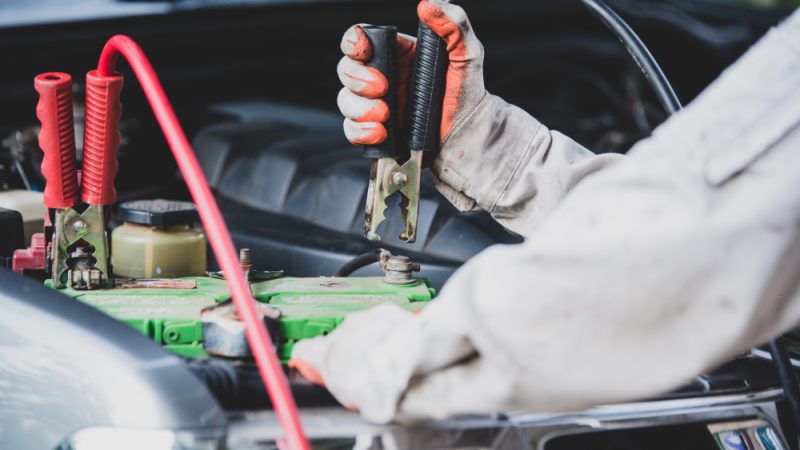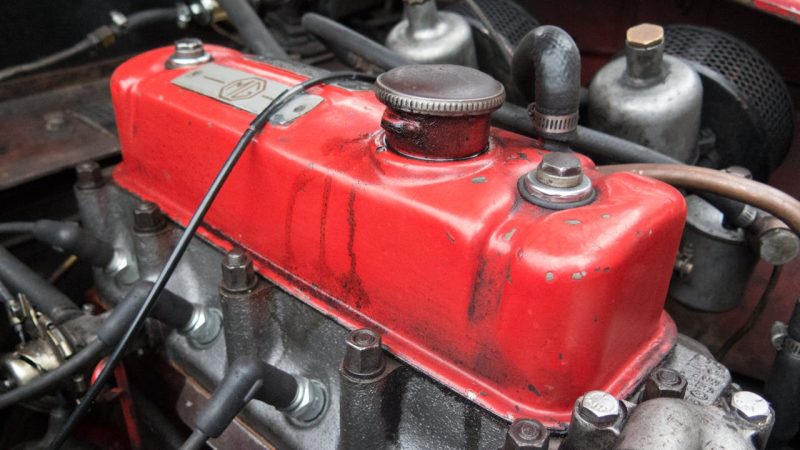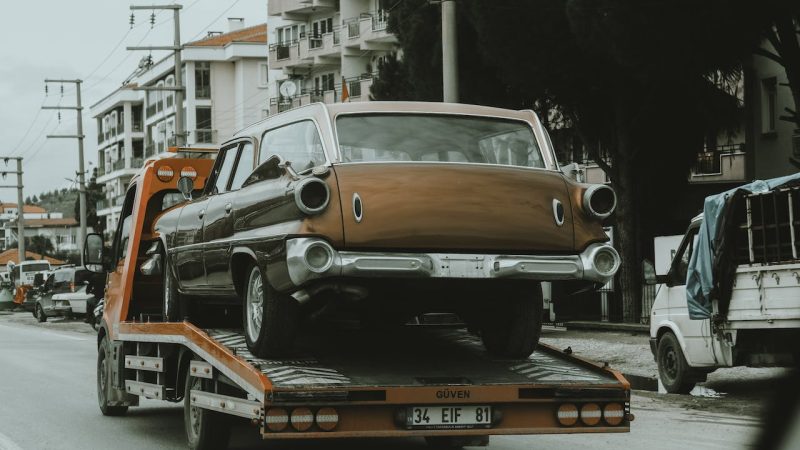7 Features to Look for on a Dash Cam in 2021 | GPS Technologies

Even if you are a safe driver, chances are that you will be involved in a car crash at some time in your life.
According to auto insurance companies, drivers are involved in auto accidents, on average, every 17.9 years. That means that if you start driving as a teenager, chances are that you will be involved in three or four accidents in your lifetime.
As we all know, the chances of being in an accident are highest for teenage drivers, especially drivers under the age of 18. Teen drivers are in the greatest need of protection on the road.
Even if you carry required auto liability insurance, chances are that at least once in your life you will be hit by someone who doesn’t.
The Insurance Research Council found that 12.8% of American motorists were uninsured in 2019. That means that in most parts of the United States, you have a one in two chance of being hit by a motorist who doesn’t have the insurance to pay for the damage they do to your car or your health.
There are parts of the country where up to 30% of motorists are uninsured in the best of times, and many people haven’t been able to keep up their monthly insurance payments since the pandemic. This essentially means that sooner or later you will be in a crash in which the other driver doesn’t have insurance. You will either need to have had a good uninsured motorist rider on your own policy, or you will need good collision and comprehensive insurance plus residual value in your vehicle (your insurance company may want to total your car long before you do), or you will need to pay.
Or maybe the driver who hits you will have assets you can go after.
But how do you prove that you weren’t at fault? How can you prove that the other driver can’t substantiate a claim by turning the tables around and blaming you?
Your best solution is a dash cam. Dash cams constantly record what is happening around your car.
They can be pointed forward, back, or both ways. They can preserve a visual record of the five minutes leading up to the accident in the camera or in the cloud.
You just need to know that all dash cams with live gps tracking are not made equal. Here are seven features to look for.
#1 Video Quality
The most important feature in any dash cam is video quality. Video quality is measured in terms of resolution, frames per second, and FOV, field of view.
Dash cams record video by the pixel. 1080p means the dash camera records each frame in 1080 pixels. 2160p has twice as much detail, and 8Kp is theater quality. For non-commercial drivers, 1080p is enough, but if you manage a fleet, and you need to be able to “blow away” spurious claims against your drivers, you will want to go with the highest number of pixels you can get.
Frames per second determine how smooth and lifelike your video record will be. Older dash cams had fewer frames per second, and only gave drivers grainy pictures.
Most modern dash cams record at 30 frames per second. The human eye can only follow 48 frames per second. But if you want video that will look like real life, you need a dash cam that records 60 frames per second.
FOV (field of view) tells you how much of an incident you record. A narrow field of view gives you a record of what the driver saw out the windshield. A broader FOV might include what was happening as far to the sides as the mirrors, but the picture begins to be distorted. A solution is to get both forward-facing and back-facing back cams for your fleet.
#2 Mounting
The most common way to mount a dash cam is directly to the dashboard with adhesive. This will leave a permanent mark on the dashboard. That can be an issue with leased vehicles, so there are also suction mounts for dash cams. Suction mounts also give you a way to reposition the dash cam as needed.
#3 Night Vision
There are two problems with using a dash cam that doesn’t have night vision:
- It will shut down in low-light conditions, and
- Most collisions occur at dawn, at dusk, or at night.
If you manage a fleet of delivery vehicles, or you do long-distance freight hauling, you don’t want to be without a dash for night driving. If a camera enables you to see details when it’s pitch-black outside, it’s what you need.
#4 Recording
It just takes 4G of storage to record about 10 hours of driving. You can get expansion cards for up to 512G of storage, which give you a visual record of weeks on the road, or maybe weeks on the road and what happens to your vehicle when it is parked, which we will discuss in the next point. Just check your dash cam manual to make sure you are getting the right expansion cards, or let GPS Technologies take care of that for you.
#5 Motion Detection and Parking Mode
Losses to fleet vehicles don’t just occur when they are in motion. They can also occur when your vehicle is parked. Motion detection activates your dash cam to start recording when motion (like a thief breaking a window with a crowbar) is detected. Parking mode gives you a visual record of what is happening to your assets while the vehicle is parked.
#6 Bluetooth and Wi-Fi
Bluetooth gives you the ability to transfer video from your dash cam to your phone. Wi-Fi gives you the ability to upload video into the cloud, or to use the dash cam for continuous monitoring.
#7 GPS
It’s not only important to know what is happening to your asset. It’s also important to know where it is happening to your asset. GPS is basic to tracking your vehicles. You can work with a company that integrates this feature into their dash cams to prevent major losses, such as GPS Technologies.



